10 Affiliate Programs With The Highest Conversion Rates
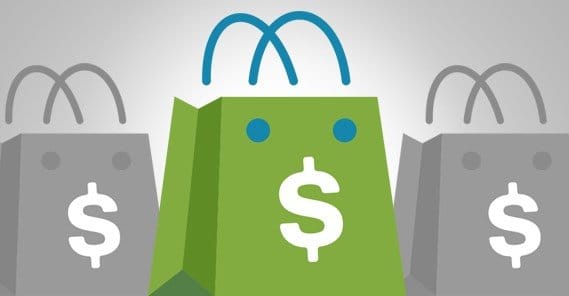
Before we begin, I’m going to state one thing up front. This post assumes that you’re in affiliate marketing for the money, and not out of genuine love for the products you want to sell. When you’re passionate about what you’re selling, you’re limited in what you’re willing to offer. You don’t go after the most valuable, highest converting offers; you go after offers for products you know, love, and can recommend in good faith.
Passionate marketers shine, and they can have very successful sites. So can marketers pursuing the dollar over the recommendation, but they have a harder time with the sales pitch. Passion comes through in the content you produce and the marketing you implement.
This post is all about the people who want to optimize every penny they get. You want high value, high converting offers on high quality sites as much as possible, to make as much as possible.
Before I get to the list, I’ll give you some things to keep in mind as an affiliate marketer, in order to maximize your conversion rate. There will be some other tips after, for optimizing your marketing after you’ve chosen your offers.
Cheap Items Convert More Than Expensive Items
If all you’re concerned about is your conversion rate, chances are you’ll want to pick something in the lower dollar values – not that you earn, but that it costs. People are a lot more likely to impulse buy something that costs $5, particularly if it’s a good deal, than they are to up and purchase a $100 or $500 item. Of course, you can get more value per sale from the more expensive items. It’s the difference between a dollar store squirtgun and a water balloon. The gun can shoot you a lot but won’t get you very wet each pull of the trigger. The water balloon will soak you but takes more preparation and only has one shot.
The caveat to this is that you don’t want to go too cheap. Below a certain threshold — $5 or $10, usually – people don’t want to take the time to fill out all the forms it takes to buy online. They’ll also be worried about shipping for physical items; the shipping on a $1 item is typically higher than the cost of the item, making it not worth the deal. Plus, if you’re promoting an item with a “value” of $20 but you’re selling it for $1, they’ll be skeptical of its quality. You have a lot of problems to surmount, in other words.
Physical Items Convert More Than Digital Items
This, of course, depends a lot on the items in question. Some digital items will convert at a very high rate, while some physical items will have very low conversion rates. Part of it also depends on the way you’ve set up your website and the people you bring in.
A good deal on a physical item is harder to find, typically, because they operate on low margins. Many companies make only a dollar or two on a lot of products, so it’s difficult to offer deals without taking a loss. It’s even harder to pay affiliates for leads or customers, while offering a deal, and still making a profit.
All this means that when you can offer a decent deal on a physical product, it’s harder to match, so you have more people interested in your offer.
More Traffic Isn’t Always Better
If you have 100 people visiting your site, and 10 of them convert, you have a 10% conversion rate. If you then go out and buy a bunch of traffic, so you have 1,000 people come visit, but most of those people aren’t interested and only 20 of them convert, your conversion rate has dropped to a meager 2% conversion rate.
If you’re concerned about conversion rate, you are by definition not concerned about traffic volume. Instead, you should be concerned about the quality of the traffic coming in to your site. Ideally, you’ll want as many highly targeted users as possible, which means your marketing needs to be narrow and precise. You’re a sniper, not a bombing run. You need to hit people as close as possible to when they want to buy what you have to sell, so they’re very likely to buy from you.
Narrow Niches Convert More
The holy grail of the affiliate marketer is to find an offer for a niche that has enough appeal to have a following, but not so much that a thousand other marketers have gone in trying to monetize it. You’re looking for a niche with low competition, but enough people interested in it to make it worth your while to set up a site and run ads.
If you’re going for conversion rate, you’re going to want to avoid the biggest offers, and the smallest. The smallest will need high volume to make any decent money, and high volume means low conversion rates. The largest will have a ton of competition, as well as being hard to sell.
Don’t Over-Specialize
The more you specialize in one product, the less people will be inclined to buy. People like to have options, to a certain extent. You need to avoid the choice paralysis that comes from having too many choices, but you can’t restrict users to just one choice lest you make them feel like you’re not giving other options a fair shake. That’s why so many affiliate sites have offers for competing products; making a top 3 review list gives people options to choose from, and gives you income from several sources.
Now, on to the list.
Amazon has a ton of products, an you can earn a commission on all of them. The best part of the Amazon program is that it’s based on a cookie, not a link; when the user clicks your link, a cookie is placed on their machine, which stays in effect for 24 hours. Anything the user buys on Amazon in that 24 hour period earns you a commission, regardless of whether or not you promoted it. This is part of why it has huge conversion rates; the user might not buy what you’re trying to sell, but they can buy something else, and it still converts for you. The downside, of course, is the traditionally low commission percentage Amazon offers. It’s performance based, so if you do well you can increase it, but it takes volume to reach the higher tiers.
Clickbank is one of the larger, older affiliate networks around, and as such they have a good reputation and a lot of offers available. A lot of those offers, though, tend to be online courses and informational packages. On one hand, this means you earn a recurring commission each month for monthly courses. On the other hand, it means you have to sell digital products, which are somewhat harder to sell than physical products in many cases.
Formerly known as Commission Junction, CJ is one of the largest affiliate networks on the Internet, which means they have a ton of offers and a lot of protections in place to keep fake traffic out of their system. It can be tough to get started because of the competition for most offers, though, which means you really need to know what you’re doing when you get into it. As an added benefit, they are available throughout much of Europe and other global locations, and aren’t strictly centered on America like many other affiliate networks.
4. The iTunes Affiliate Program
Apple’s iTunes has an affiliate program which is actually quite good. You have access to anything on the iTunes library, including music, books, movies and TV shows. If you create a media site to review content and promote it, you can use iTunes as a supplemental affiliate source of income to good effect.
This may be one of the largest affiliate networks you’ve never heard of. They’re surprisingly large for a network that doesn’t show up on many of the usual top lists. They have one added benefit, which is the ease with which you can create your own product to sell and promote through their network as well. You can promote your own product along with others, and even get other affiliate marketers promoting your product for you. Publisher and advertiser, all in one.
MaxBounty is a CPA network, which means they don’t operate in quite the same way as a traditional affiliate network. Rather than relying on you to send users who become paying customers, they will pay you for qualified leads instead. This means you can get paid for clicks to the advertiser’s site, rather than just products sold. When you’re looking to monetize high conversion rates, CPA is the way to go.
Like MaxBounty, Neverblue is a CPA and lead generation platform. They have the ability to monetize sites all around the world, so international audiences are welcome in the network, though you do of course have to generate real quality leads to succeed. Any CPA network, Neverblue included, has strict filtering on lead quality to make sure that you’re not just sending fake traffic and filling out forms with fake information.
8. eBay Partner Network
If you’re familiar with eBay – and you should be – it’s obvious why an affiliate program could be excellent. It has millions of products of all types, so you can sell anything you want. The site is well known and handles all of the tricky financials and shipping. You don’t have to inventory the products, or even create postings; the actual sellers do that. All you have to do is find offers you like for products you want to sell and put them into the feed.
This network combines the best of both worlds, with both traditional product sales affiliate earnings and more CPA-like pay on lead generation offers. With both all in one place, you have a huge number of options to make money, which is made even better if you have a decent conversion rate. One thing to note is that many of the offers on this site are in the fashion, apparel and accessories niches, and you’ll be hard pressed to find other niches with valuable offers available.
Skimlinks is a hybrid affiliate program and content monetization method that works by natural text links rather than product recommendation links or CPA links. At the end of the day it works the same way by referring people to offers and getting those people to complete those offers, but the exact mechanics of it are a lot smoother and more suited to a content-heavy site on the modern Internet. This ties in well with modern SEO, where content is the emphasis and the focus.
Now, let’s move on to a few tips you can use once you’ve selected your offers, to improve your site and your ability to sell them.
Invest in PPC
PPC is advertising you pay for, to get users to your site. A good PPC network has a lot of targeting options, to allow you to connect your ad with the exact people most likely to care about it. One of the best for this is Facebook, because Facebook has a huge number of targeting options, and you can use them based on a Facebook page or send people directly to your website.
There are two things you need to know about PPC. One is that most PPC networks, Facebook and Google included, don’t allow you to link directly to affiliate offers. Many affiliate networks also disallow this, to avoid you competing with their own ads directed at their own sites. The second thing is you need to carefully record your costs and your profits. If you’re spending more on PPC than you’re making from the users that come in, it’s a losing proposition and you need to change something if you want to profit.
Invest in SEO
Good, targeted SEO is the key to getting an organic following that converts at a reasonable level. I’m not talking about the basic black hat link spam and traffic producing techniques; that kind of traffic has very low conversion rates. No, if you’re going for a high conversion rate, you’re going to need to go about it legitimately, with great content, optimized meta descriptions, high quality links and all the rest.
Invest in Content
Content is the foundation upon which all the rest of your success is built. You’re not a standard small business, so I don’t necessarily recommend posting more than two or so times per week. Your content needs to be focused on people who are looking to buy what you’re trying to sell. Don’t try to give support guides for post-purchase; you’ll only attract people who have already converted somewhere else and are looking for information. You’re looking to convince people to buy, and that means reviews and other pre-conversion information.
Build a Mailing List
Some of the best traffic you’ll ever get comes from your mailing list, but it can be tricky to build one for an affiliate site. It means you need to offer something of value for people who want to opt in, which usually means high quality content or special offers. In both cases, you need to go out of your way to establish a mailing list before you can properly monetize it. Thankfully, there are a ton of ways to get a mailing list going and manage it, particularly with a little social media interaction.
Track Clicks and Remarket
Remarketing is the ability to pay to display ads only to the people who have clicked your affiliate links but who have not converted. It’s a form of PPC that traditionally has very high conversion rates, because anyone clicking your link was at least a little interested to start with. Remarketing is available through just about any PPC network these days, because it’s such a valuable service. The caveat is the conversions you get through it are necessarily not people who converted the first time around, so you need to remember to calculate total conversion rate differently if you include them.
Consider Tracking Metrics Other Than Conversion Rate
Honestly, conversion rate isn’t always the best metric to measure. Sure, a high conversion rate is good, but if you’re selling a $5 product and you get 50 cents per conversion, you’re still not making much money. You need higher volume to make bank, and with higher volume comes less targeted traffic, and less targeted traffic brings lower conversion rates.
Other metrics you can measure might include average value of a conversion, as well as the value you bring in per month. You also need to consider things like return on investment, when you consider all of the time and money you spend on your site, on your content, and on your PPC. There’s more to life than just conversion rate.
 ContentPowered.com
ContentPowered.com


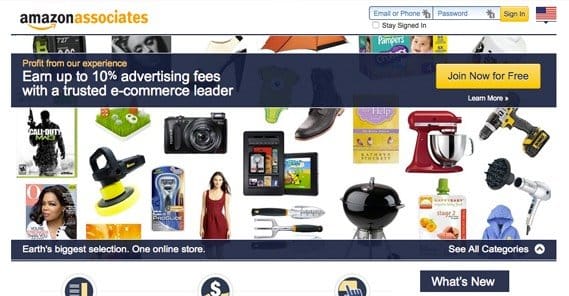


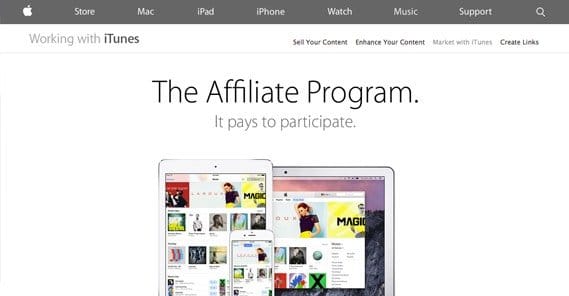

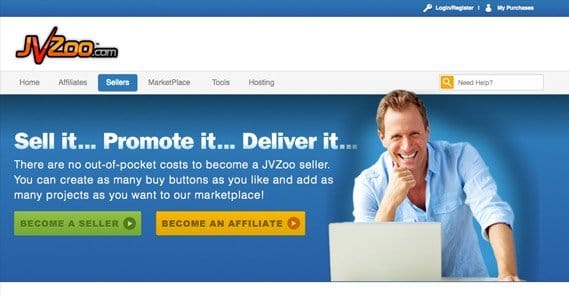
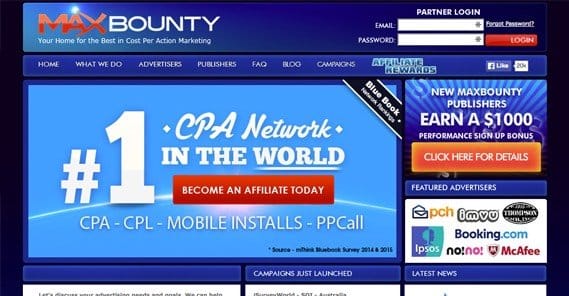
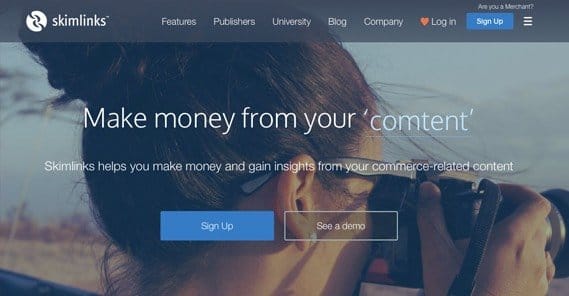

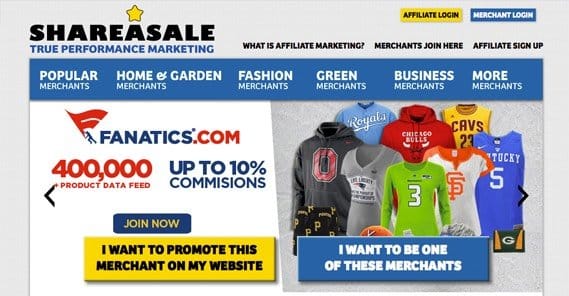
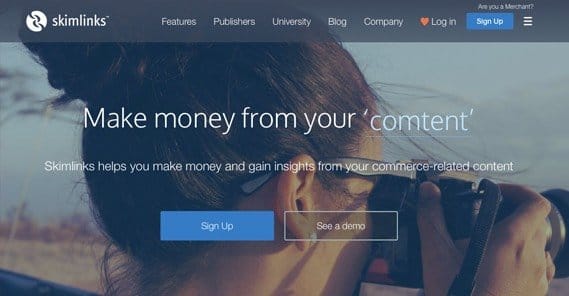

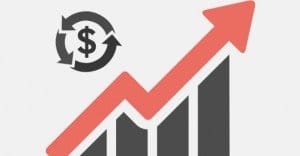

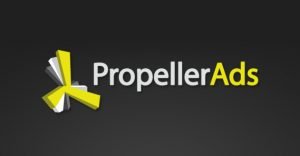
Hei ! I think you are the right person in online marketing. Thanks for the great information. Please give me some information about affiliate marketing.How can I get some conversion.Please email me .
Excellent article – so on the mark! I am an adwords and content conversion specialist, content marketer and author of Copywriting Essentials for Content Marketing and I very much agree with what you are saying. I find that doing your homework so you are targeting the right people – buyers – so you are attracting the right visitors is not only essential for conversions but also SEO which a lot of people are not really fully aware of. Writing content that preconditions people is critical for converting traffic, and you can follow a “template” to do this 🙂
How do you create a page to capture email without sacrificing focus from the affiliate offer?